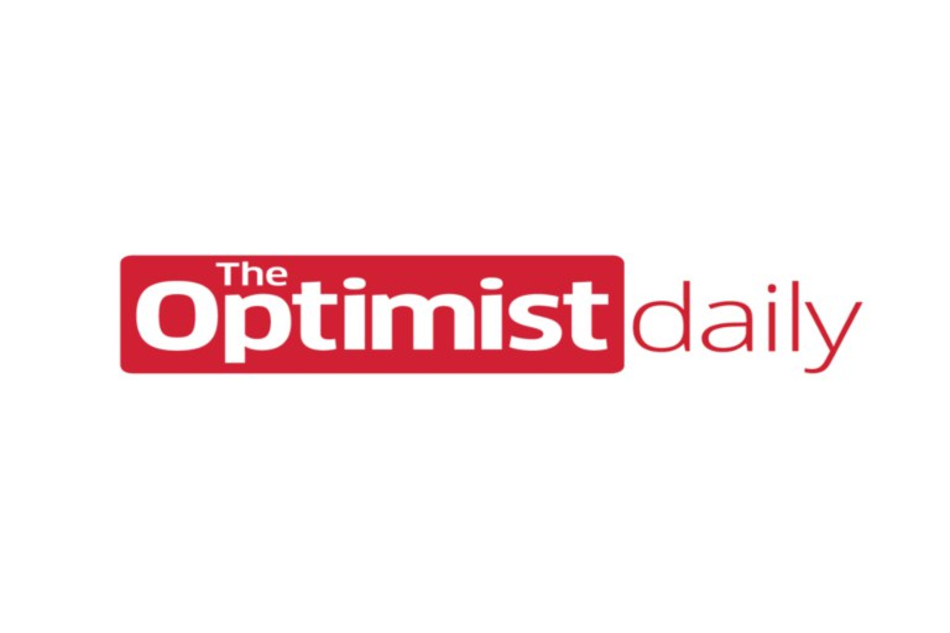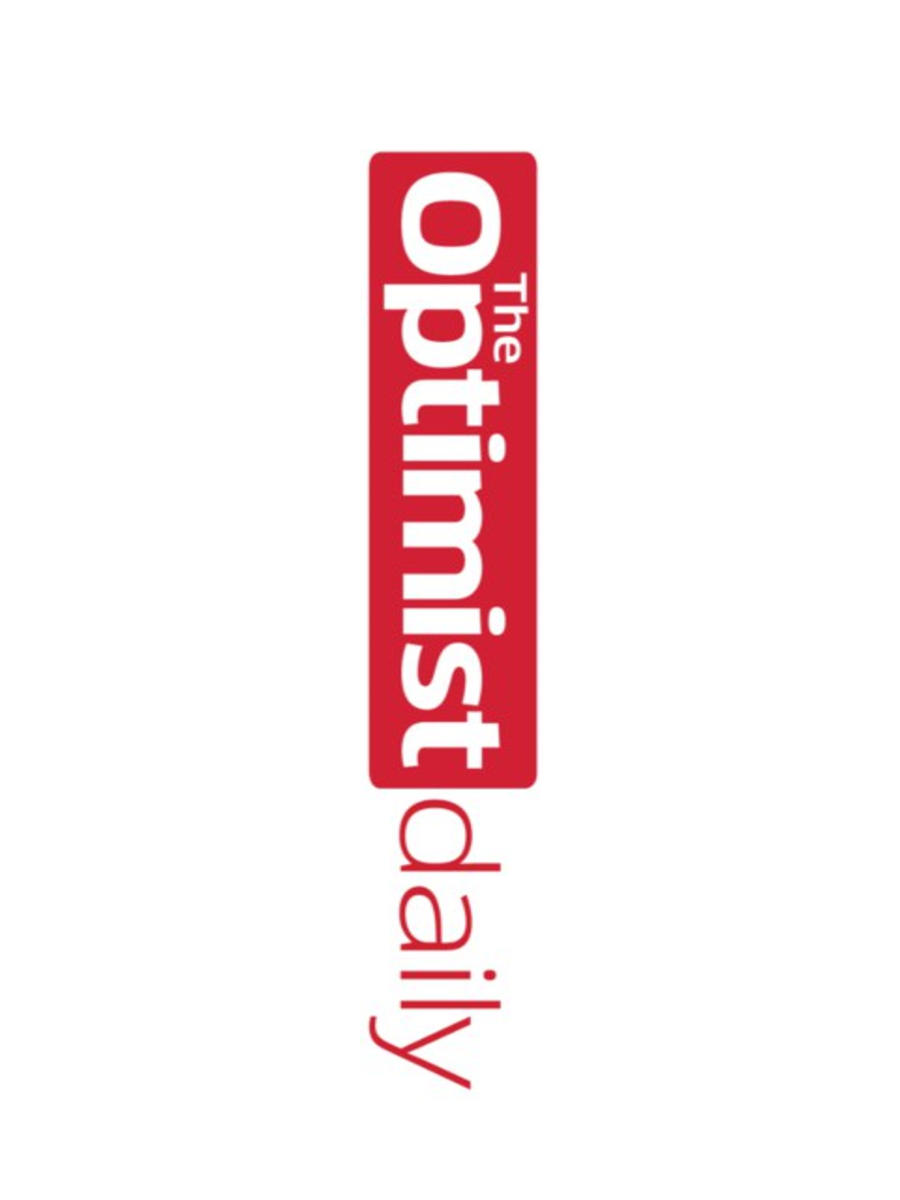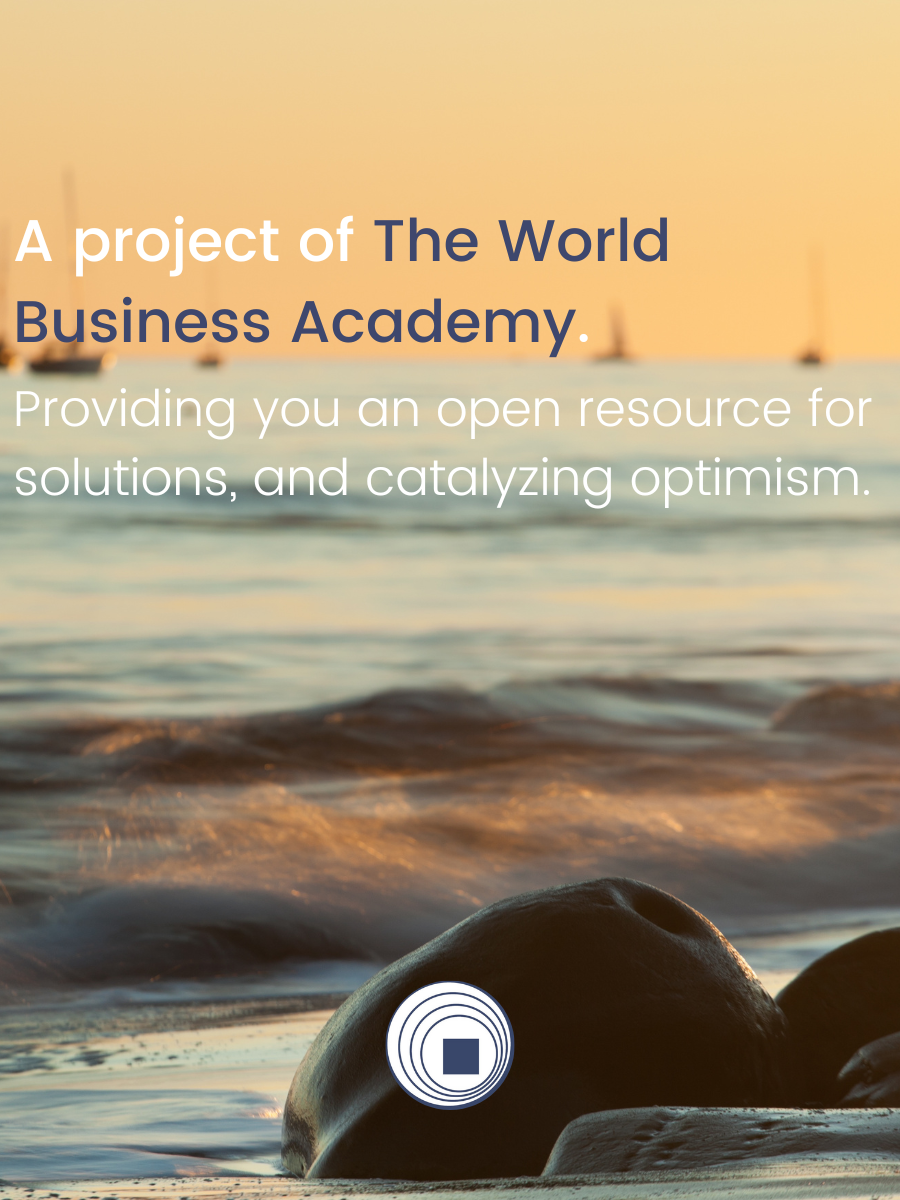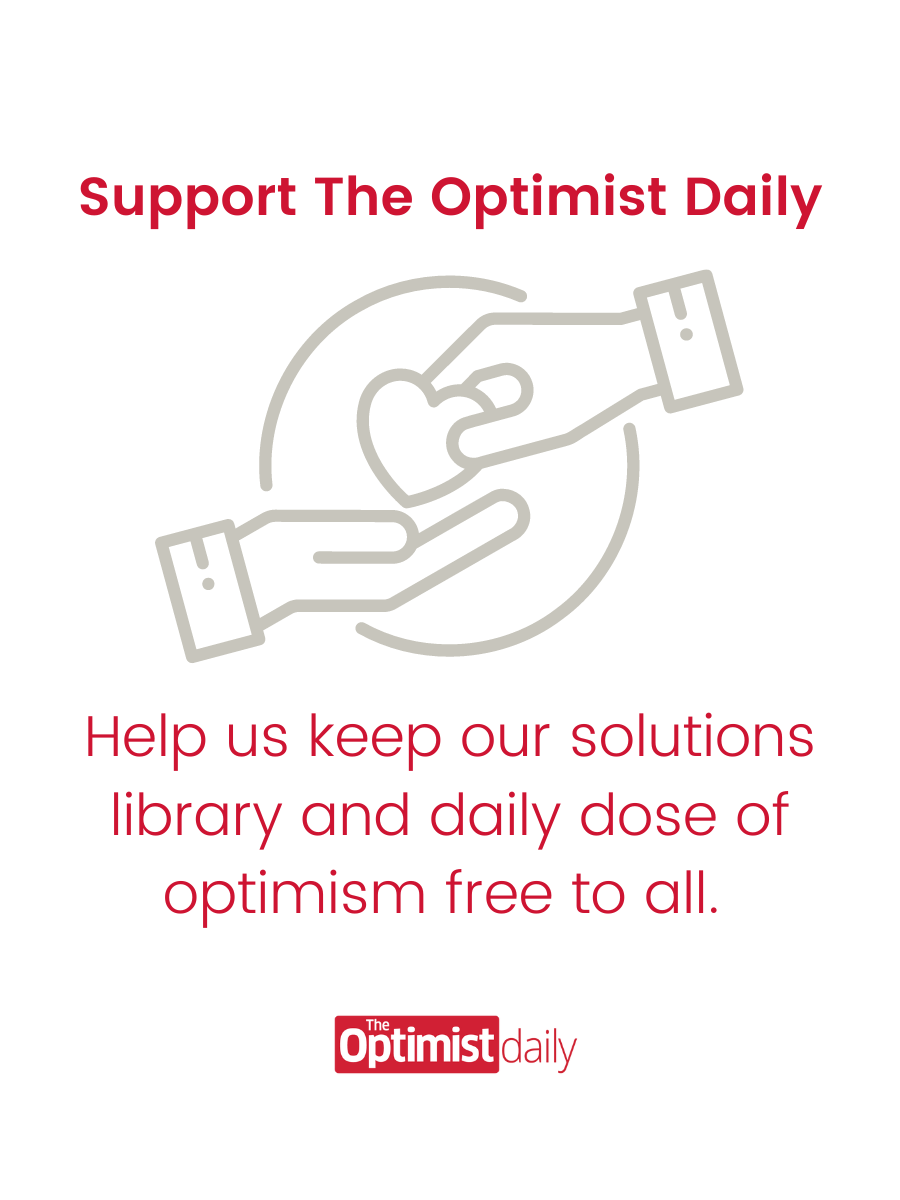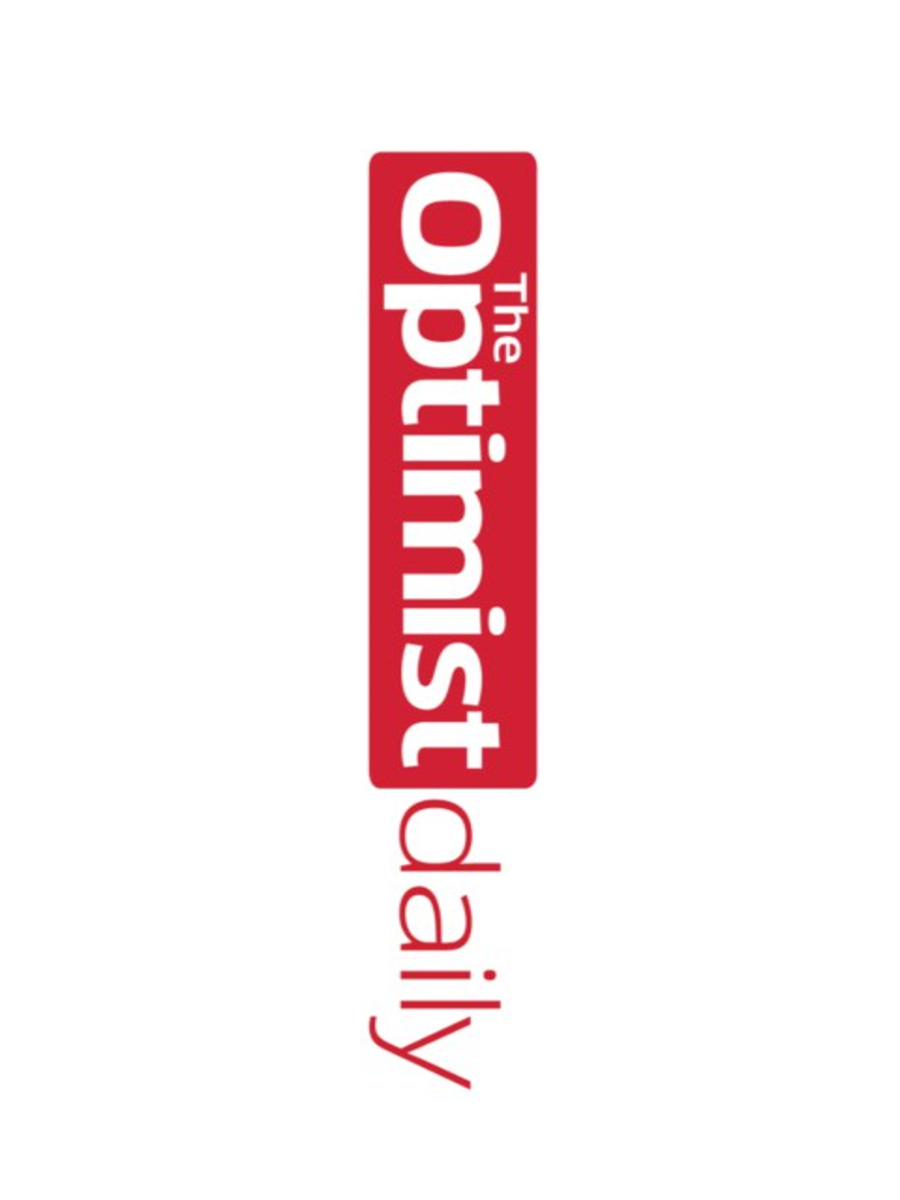“Beauty comes with a price”—a saying that rings painfully true for the critically endangered hawksbill sea turtle.
Among the other numerous problems sea turtles have to worry about (ocean plastic, a warming planet, and habitat encroachment to name a few), humanity’s attraction to the hawksbill sea turtle’s unique shell puts it in even more danger.
The shell is used to make beautifully patterned (and misnamed) “tortoiseshell” jewelry, glasses frames, and other trinkets that we humans love to ornament ourselves and our homes with—and even though selling real tortoiseshell is banned, the practice has proven difficult to stop.
According to the International Union for Conservation of Nature Red List, in the last century alone millions and millions of hawksbill turtles have perished in the global tortoiseshell industry. There are fewer than 25,000 breeding females alive today, a number that is sure to diminish further if nothing is done as at least 40 countries still have an active tortoiseshell black market.
The SEE Shell app
To tackle this problem, scientists have created an app called the SEE Shell that uses artificial intelligence to verify whether a “tortoiseshell” piece is the real deal or not. “One of the major roadblocks to eliminating the illegal tortoiseshell trade is the difficulty in distinguishing real from fake products, whether by a consumer or law enforcement officer,” explains SEE Turtles president Brad Nahill in a WWF press release. “Because telling these products apart can be very difficult, retailers and shoppers often unwittingly contribute to the trade.”
To develop the app, Nahill collaborated with Alexander Robillard, a predoctoral fellow with the Smithsonian’s Data Science Lab. The pair trained a computer model using 4,000 images of real and fake tortoiseshell, and now the program can distinguish between genuine and imitation material with an impressive 94 percent accuracy rate.
Users of the SEE Shell app will be alerted as to whether a product is genuine as soon as they upload a photo, however, the website advises tourists not to alert law enforcement themselves and that they should prioritize their own safety. Rather, the app makers will coordinate with law enforcement themselves.
“Thanks to our conservation partners around the world who have contributed tortoiseshell photos, we have created a first in the wildlife trafficking field; an app that can help individual consumers identify and avoid endangered animal products,” Robillard told WWF.
National Geographic announced that the app is already helping identify tortoiseshell products that weren’t on the radar before, like cocktail-mixing swizzle sticks and cock-fighting spurs. The hope is that the SEE Shell app will not only put a stop to the harmful hawksbill sea turtle trade but can be a model for approaches that can identify other illicit wildlife items such as bone or ivory.



